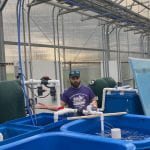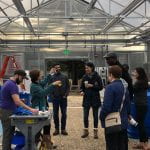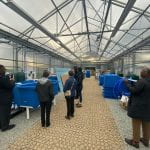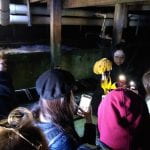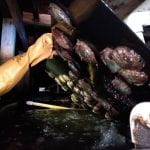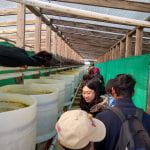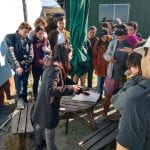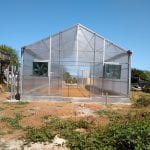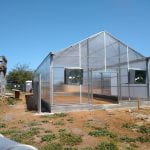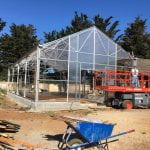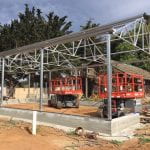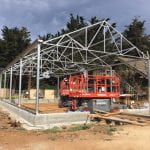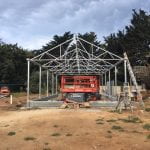The team is happy to share that our work developing microalgae based fish-free feed has been published in Scientific Reports. The article: Microalgae-blend tilapia feed eliminates fishmeal and fish oil, improves growth, and is cost viable (PDF) was accepted officially today, Nov. 12, 2020.
Abstract: Aquafeed manufacturers have reduced, but not fully eliminated, fishmeal and fish oil and are seeking cost competitive replacements. We combined two commercially available microalgae, to produce a high-performing fish-free feed for Nile tilapia (Oreochromis niloticus)—the world’s second largest group of farmed fish. We substituted protein-rich defatted biomass of Nannochloropsis oculata (leftover after oil extraction for nutraceuticals) for fishmeal and whole cells of docosahexaenoic acid (DHA)-rich Schizochytrium sp. as substitute for fish oil. We found significantly better (p < 0.05) growth, weight gain, specific growth rate, and best (but not significantly different) feed conversion ratio using the fish-free feed compared with the reference diet. Fish-free feed also yielded higher (p < 0.05) fillet lipid, DHA, and protein content (but not significantly different). Furthermore, fish-free feed had the highest degree of in-vitro protein hydrolysis and protein digestibility. The median economic conversion ratio of the fish-free feed ($0.95/kg tilapia) was less than the reference diet ($1.03/kg tilapia), though the median feed cost ($0.68/kg feed) was slightly greater than that of the reference feed ($0.64/kg feed) (p < 0.05). Our work is a step toward eliminating reliance on fishmeal and fish oil with evidence of a cost-competitive microalgae-based tilapia feed that improves growth metrics and the nutritional quality of farmed fish.
This project, which has been a labor of love, is the culmination of more than 6 years of work and could not have been possible without the help of many team members and collaborators. We’re happy to have this paper finally hit the press and even more excited to keep working to innovate feeds for a more sustainable aquaculture industry.
Here is a post from phys.org that highlights our publications acceptance, and a press release from the UCSC Newscenter.
To cite this paper: Sarker, P.K., Kapuscinski, A.R., McKuin, B. et al. Microalgae-blend tilapia feed eliminates fishmeal and fish oil, improves growth, and is cost viable. Sci Rep 10, 19328 (2020). https://doi.org/10.1038/
